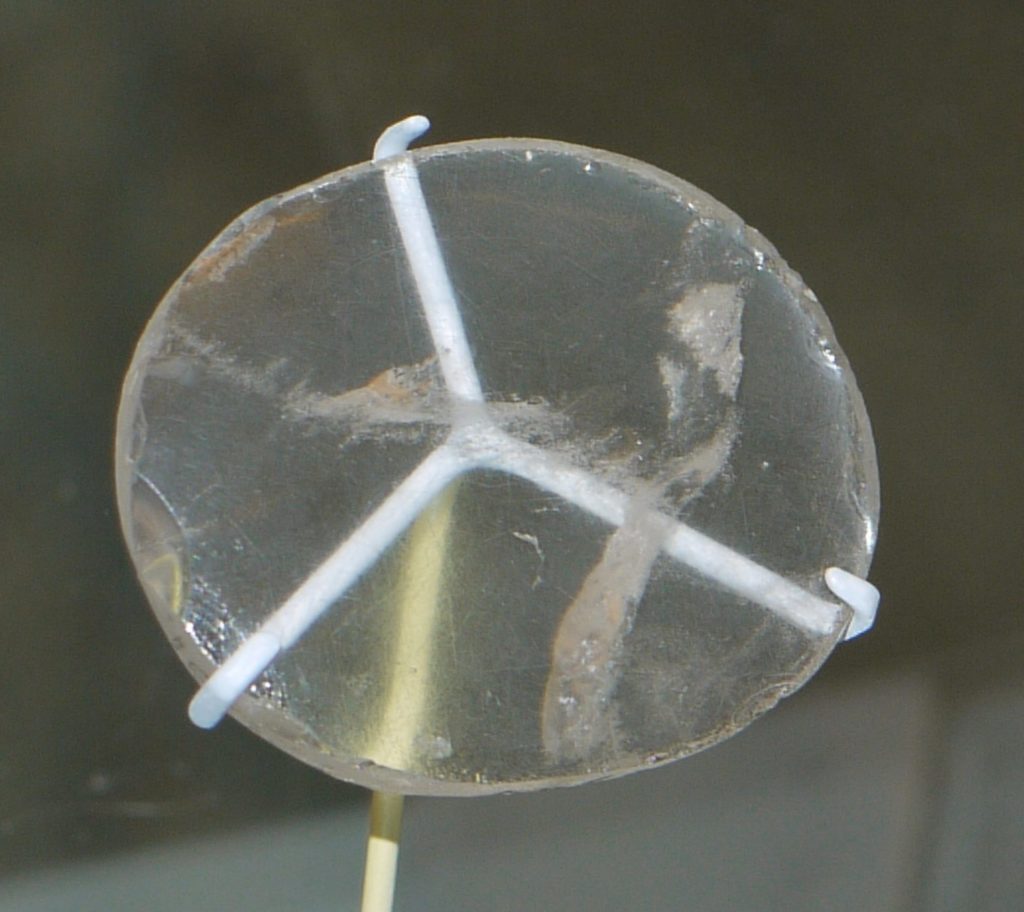
Nimrud Lens: Did Assyrians invent telescopes 3,000 years ago?
According to some scholars, the ancient people of Assyria developed a unique lens for focusing light from distant objects.
Telescopes, in the modern sense of the word, were first invented and employed for astronomical purposes by the famous Dutch mathematician and astronomer, Galelio. He not only invented the telescope but was also the first to apply it in astronomy. And although some claim that other people might have previously invented telescopes, we know there is no evidence of this. But is it true?
Telescopes were perhaps invented and used in many ancient civilizations long before Galileo, but they were not widely used. The Layard lens, also known as the Nimrud lens – a 3000-year-old rock crystal discovered at the Assyrian palace of Nimrud in Iraq – could be a perfect proof of that.
The Assyrians probably used it as a magnifying glass, a burning-glass to start fires by concentrating sunlight, or as decorative inlay. Twelve cavities were created on the lens surface during grinding, and they would have contained a trapped fluid, most likely naptha or another fluid trapped in the raw crystal.
Although some scientists believe that the ancient Assyrians used the nimrud lens as part of a telescope, to explain their sophisticated knowledge of astronomy, most other scientists argue that the optical quality of the lens does not appear to be adequate for viewing distant planets.
The belief that the nimrud lens was a telescopic lens arose from the fact that the ancient Assyrians saw Saturn as a god surrounded by a ring of serpents, their interpretation of Saturn’s rings as seen through a low-quality telescope.
In 1980, a group of archeologists from the University of Chicago discovered the Nimrud lens while excavating the palace of Nimrud, an ancient Assyrian city in Iraq. They found the lens buried among other pieces of broken glass of similar appearance, which resembled enamel from a disintegrating object, possibly wood or ivory.



